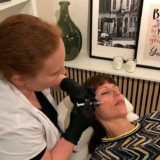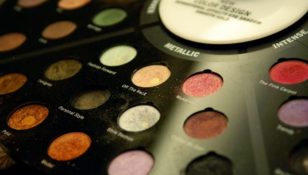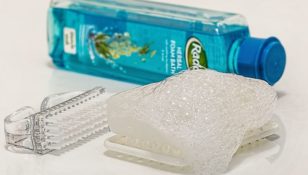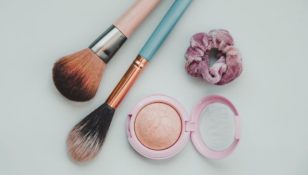Anti-aging Serum: The Key to Youthful and Radiant Skin

Introduction:
As we age, our skin undergoes various changes, such as decreased collagen production, loss of elasticity, and the appearance of fine lines and wrinkles. To combat these signs of aging, many individuals turn to anti-aging serums for their skincare routine. In this comprehensive article, we will explore the world of anti-aging serums, providing valuable information for those interested in this topic.
What is an Anti-aging Serum?

An anti-aging serum is a beauty product formulated with concentrated active ingredients that target specific skin concerns related to aging. Unlike moisturizers, which primarily focus on hydrating the skin, serums are lightweight and designed to penetrate deep into the skin for maximum effectiveness. These serums work by stimulating collagen production, promoting cell turnover, and providing essential nutrients to the skin.
Key Elements to Consider:
1. Ingredients: The effectiveness of an anti-aging serum lies in its ingredients. Look for powerful ingredients like retinol, hyaluronic acid, vitamin C, peptides, and antioxidants. These components have proven benefits in reducing wrinkles, improving skin texture, and boosting overall radiance.
2. Skin Type: It’s crucial to consider your skin type when choosing an anti-aging serum. Different formulations cater to various skin concerns, such as dryness, sensitivity, or oiliness. Selecting a serum suitable for your skin type ensures optimal results and prevents potential skin reactions.
3. Application: Understanding the correct application techniques enhances the efficacy of the anti-aging serum. Typically, a few drops of the serum are applied after cleansing and toning, followed by a moisturizer. Gently massage the serum into the skin using upward motions, focusing on areas prone to wrinkles or fine lines.
Historical Background:
The concept of anti-aging skincare dates back centuries. Ancient civilizations, including the Egyptians, Greeks, and Romans, recognized the importance of preserving youthful skin. They used natural ingredients like honey, aloe vera, and herbs to moisturize and protect the skin. Over time, advancements in science and technology have led to the development of innovative anti-aging serums with highly effective ingredients and formulations.
Evolution of Anti-aging Serums:
1. Early Anti-aging Serums: In the early 20th century, anti-aging serums mainly consisted of rich creams and oils. While these products provided hydration, they lacked the advanced ingredients and formulations available today.
2. Introduction of Retinol: In the 1970s, the discovery of retinol revolutionized anti-aging skincare. Retinol, a derivative of vitamin A, is known for its powerful anti-aging properties. Its ability to stimulate collagen production and increase cell turnover has made it a staple ingredient in many anti-aging serums.
3. Advancements in Formulations: With advancements in cosmetic science, anti-aging serums now offer a wide range of targeted formulations. From serums that focus on reducing wrinkles to those that address hyperpigmentation or uneven skin tone, consumers can choose serums tailored to their specific needs.
4. Incorporation of Natural Ingredients: In recent years, there has been a growing demand for natural and organic skincare products. As a result, many anti-aging serums now incorporate botanical extracts, essential oils, and plant-based ingredients known for their nourishing and rejuvenating properties.
5. Technological Innovations: The skincare industry has witnessed significant technological advancements, leading to the development of innovative anti-aging serums. From microencapsulated ingredients that enhance ingredient delivery to serums with advanced formulations designed to target specific aging concerns, these technological innovations have elevated the effectiveness of anti-aging serums.
Conclusion:
In conclusion, anti-aging serums are potent skincare products that offer remarkable benefits for those seeking youthful and radiant skin. By understanding the key elements to consider, such as ingredients and skin type, individuals can select the right serum to address their specific aging concerns. Throughout history, anti-aging serums have evolved from simple creams to sophisticated formulations, incorporating cutting-edge research and scientific advancements. Whether you’re looking to reduce wrinkles, improve skin texture, or achieve a youthful glow, incorporating an anti-aging serum into your skincare routine can help you achieve your desired results.
References:
– Aldag, C., Nogueira, T. E. R., & Leventhal, P. S. (2016). Skin rejuvenation using cosmetic products containing growth factors, cytokines, and matrikines: a review of the literature. Clinical, Cosmetic and Investigational Dermatology, 9, 411419.
– Nkengne, A., & Bertin, C. (2013). From skin structure to anti-aging strategies. Molecules, 18(7), 77427755.
– Singh, R., & Kaur, B. (2014). Cosmeceuticals: an emerging concept. Indian Journal of Dermatology, 59(3), 201204.

















